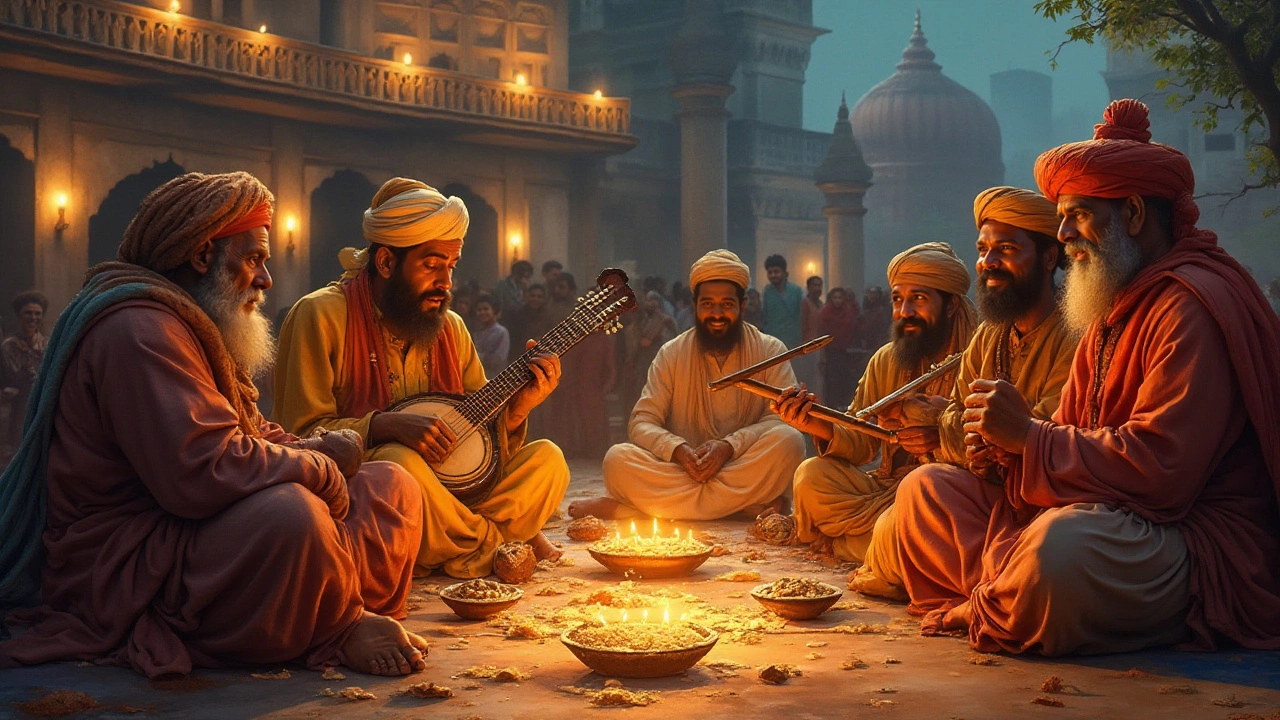Hindustani Music: A Simple Guide to India’s Classical Sound
If you’ve ever heard a sitar or tabla on a movie soundtrack and wondered where it comes from, you’ve met Hindustani music. It’s the North Indian branch of classical music, built on centuries of tradition but still alive in concerts, festivals, and online streams. This guide gives you the basics without the jargon so you can enjoy the music right away.
What Makes Hindustani Music Different?
First off, Hindustani music focuses on improvisation. A performer takes a short melody called a raga and explores it for up to an hour, adding twists and emotions. That’s unlike pop songs that stick to a fixed structure. The rhythm side, called taal, uses cycles of beats – the most common is 16 beats split into four groups of four, like a steady heartbeat you can tap along to.
Another big difference is the role of the vocalist. Even instrumental pieces often follow the patterns of vocal music, and many singers learn to play an instrument to understand the raga better. The result is a seamless blend of voice and instrument that feels like a conversation rather than a performance.
Key Instruments and Popular Ragas
The sitar, with its long neck and sympathetic strings, is probably the most famous Hindustani instrument. It produces a bright, resonant sound that instantly feels Indian. The sarod offers a deeper, smoother tone, while the bansuri (bamboo flute) adds a breezy, soulful vibe. On the rhythm side, the tabla – two small drums tuned to different pitches – keeps the beat and adds dramatic accents.
Some ragas are worth checking out if you’re new. Yaman is a evening raga that sounds calm and uplifting; it’s a good starter for relaxed listening. Bhimpalasi feels a bit melancholy and fits well for a rainy afternoon. If you want energy, try Darbari Kanada, which has a deep, serious mood often heard in film scores.
Where to hear these sounds? Look for live concerts in major Indian cities – they’re often streamed online for free. YouTube channels dedicated to classical music also post full performances. A quick search for “Hindustani raga live” will give you hours of pure, unfiltered music.
Finally, don’t feel you need to master the theory before enjoying the music. Start with a playlist of a few popular ragas, notice how the melody climbs and falls, and let the rhythm guide your breathing. The more you listen, the more you’ll pick up on the subtle moods each raga tries to express.
So next time you hear a sitar in a movie or a tabla beat in a meditation track, you’ll know you’re listening to Hindustani music – a living tradition that blends discipline with freedom, and still manages to sound fresh after thousands of years.
